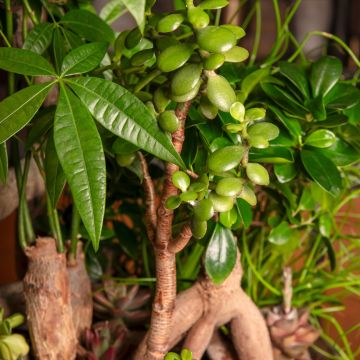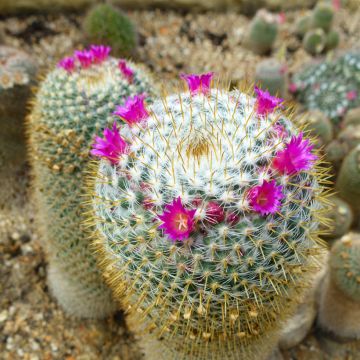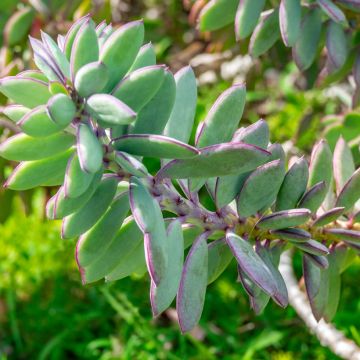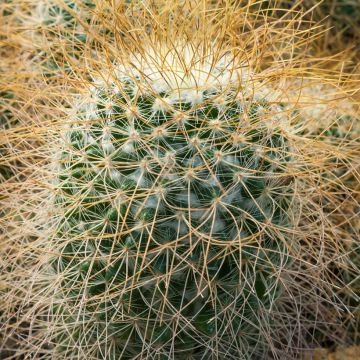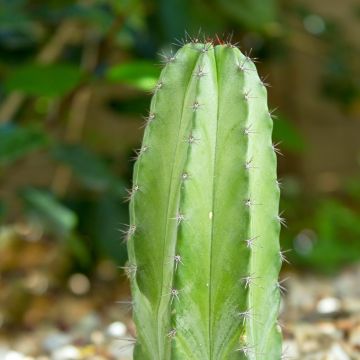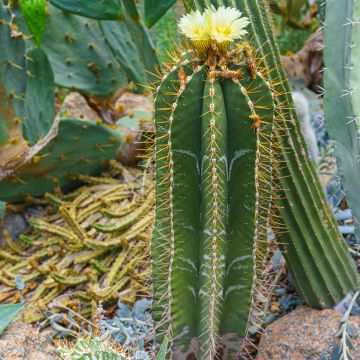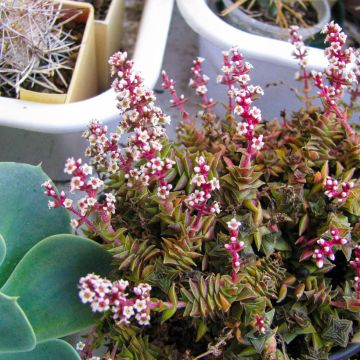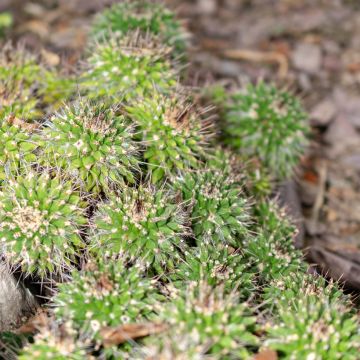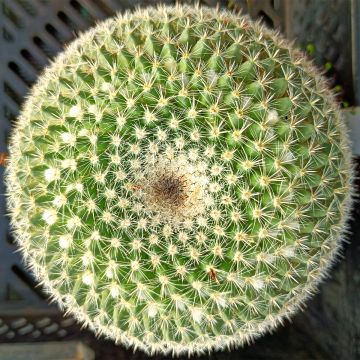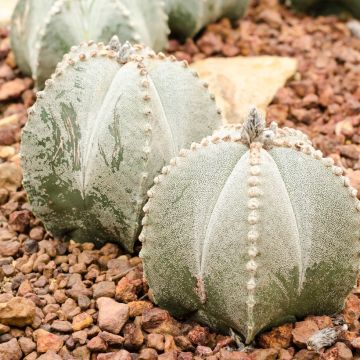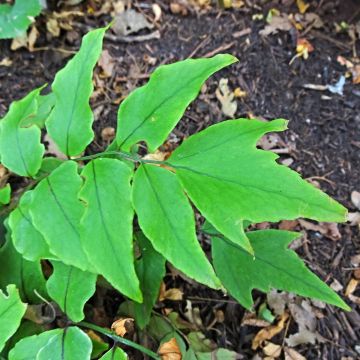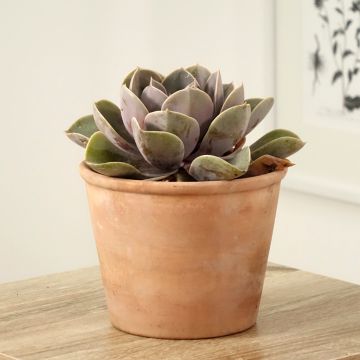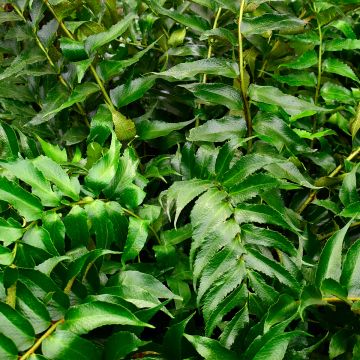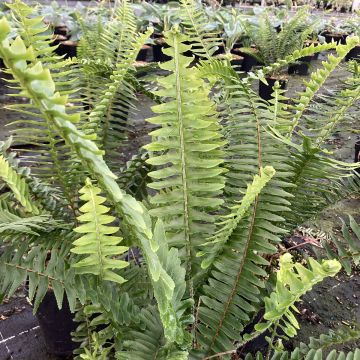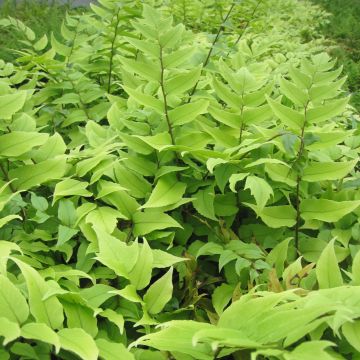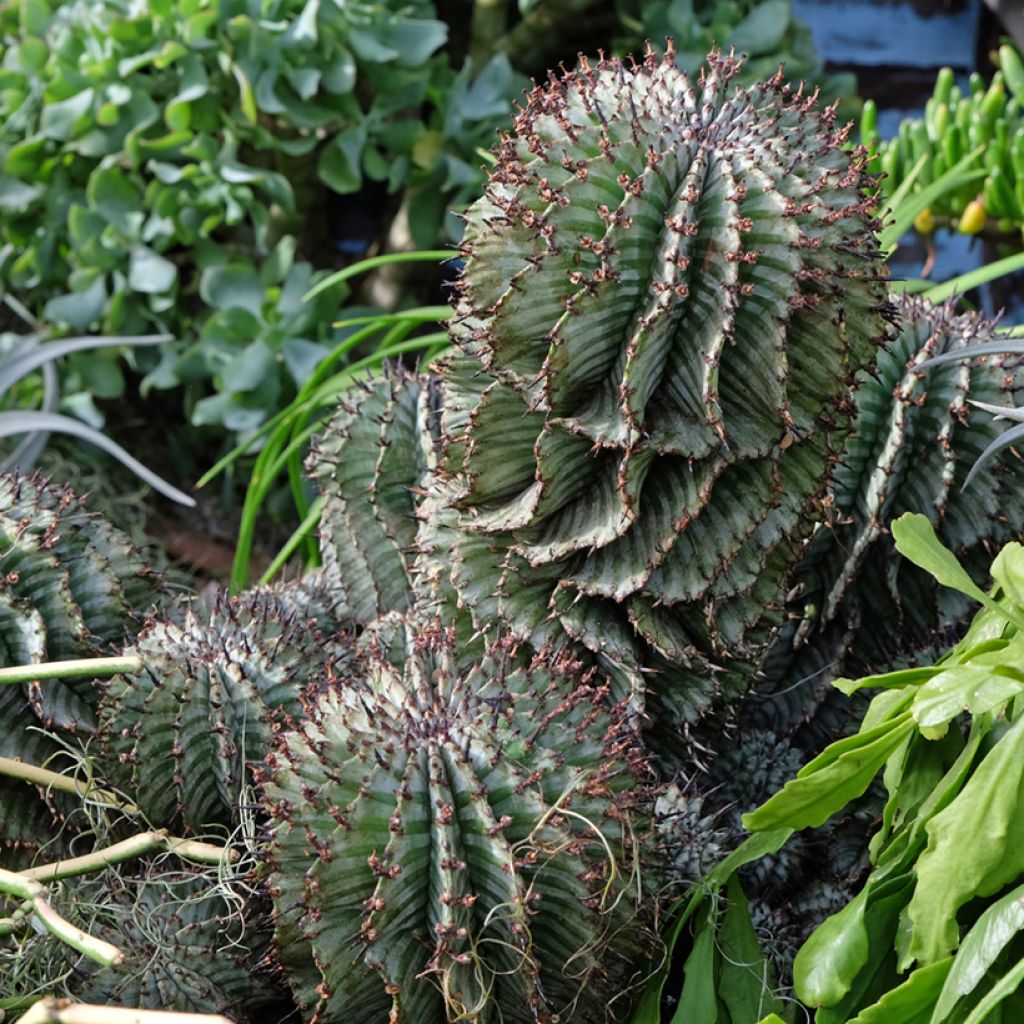

Euphorbia horrida Alba - African milk barrel
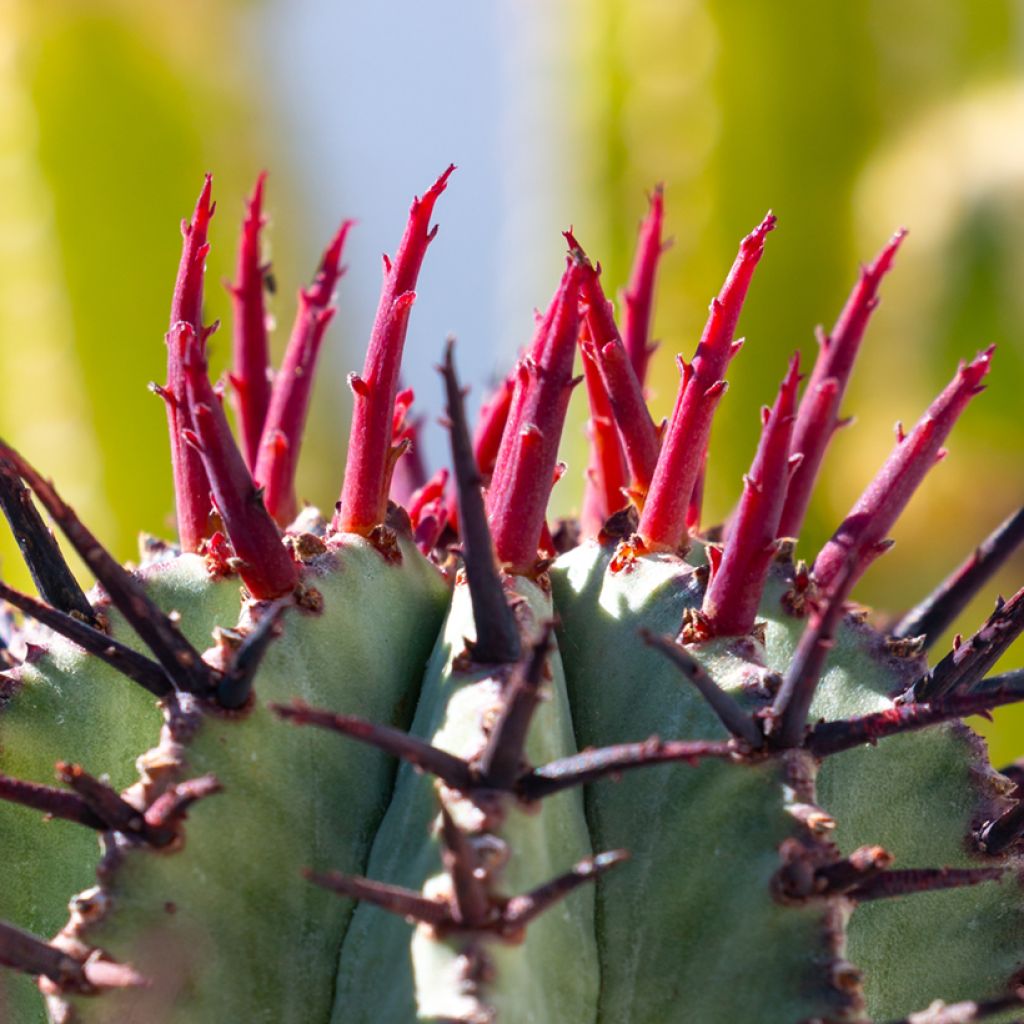

Euphorbia horrida Alba - African milk barrel


Euphorbia horrida Alba - African milk barrel
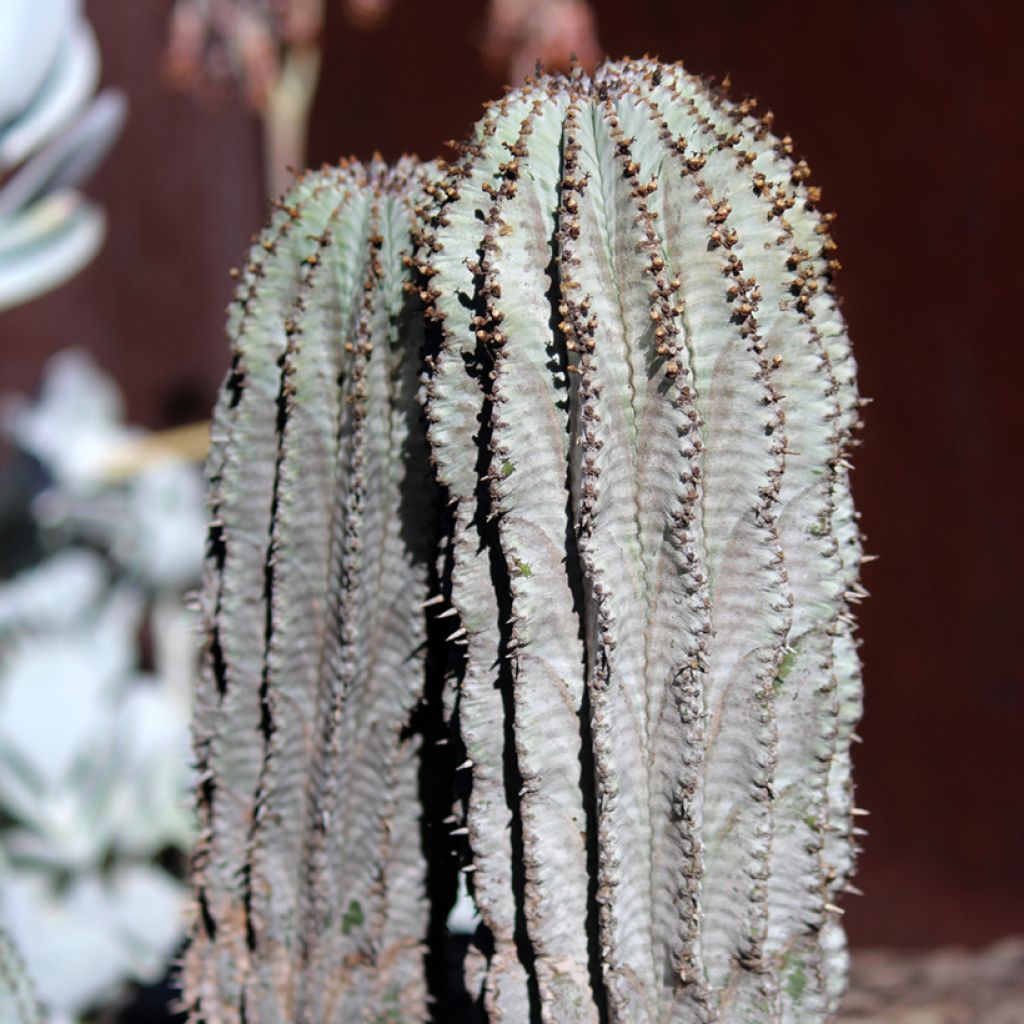

Euphorbia horrida Alba - African milk barrel
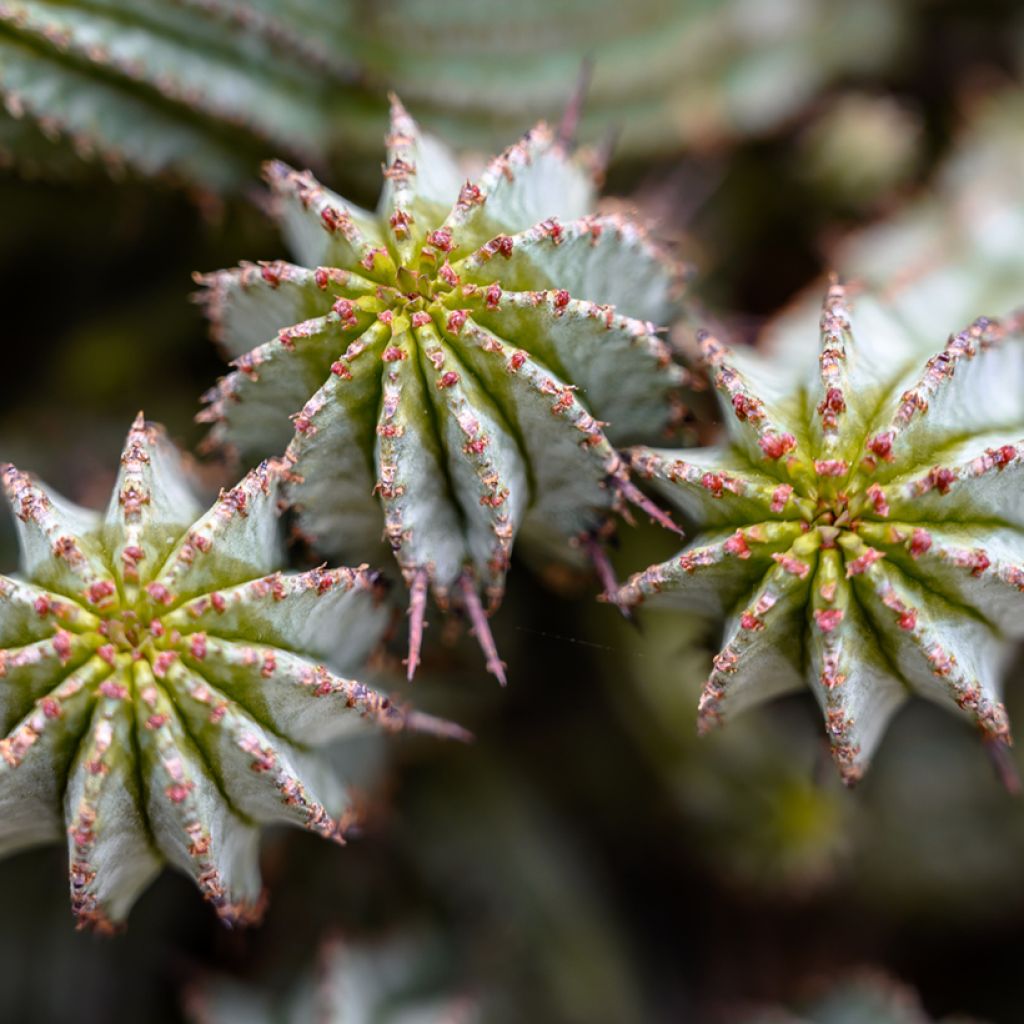

Euphorbia horrida Alba - African milk barrel
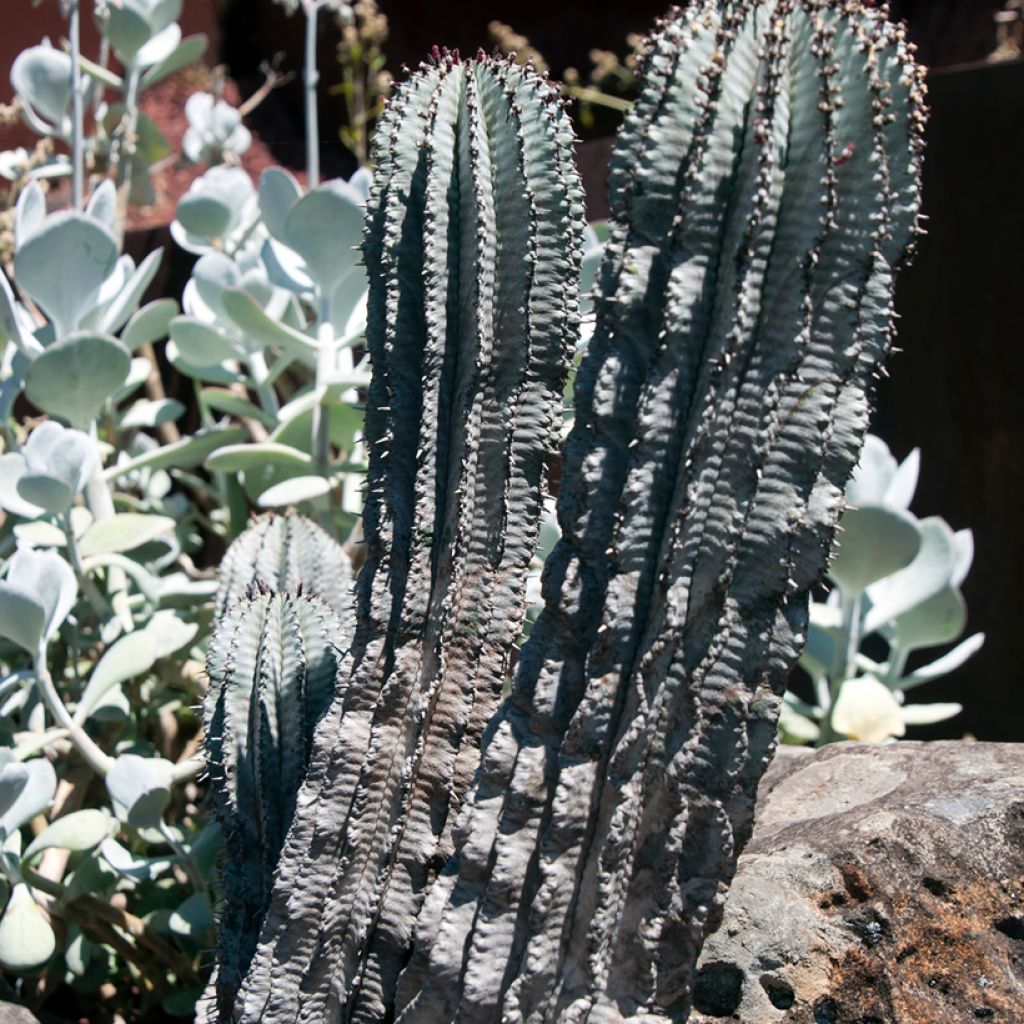

Euphorbia horrida Alba - African milk barrel
Euphorbia horrida alba - African milk barrel
Euphorbia horrida var. alba
African milk barrel
This item cannot be shipped to the selected country
Delivery charge from 6,90 €
More information
Shipping country:
-
-
-
-
-
-
-
-
-
-
-
-
-
-
-
-
-
-
-
-
-
-
-
-
-
-
-
-
-
-
-
-
Schedule delivery date,
and select date in basket
This plant carries a 30 days recovery warranty
More information
We guarantee the quality of our plants for a full growing cycle, and will replace at our expense any plant that fails to recover under normal climatic and planting conditions.
From 7,90 € for pickup delivery and 6,90 € for home delivery
Express home delivery from 8,90 €.
Description
Euphorbia horrida 'Alba' is a rare and fascinating variety of Euphorbia horrida, recognisable by its blue-grey to silvery-white stems and prominent thorns. Native to South Africa, this succulent plant forms compact clumps and is well-suited to pot cultivation. Its ribbed, upright or twisted stems with wavy midribs, stand out from the ordinary. An epidermis, covered in a waxy bloom, gives these stems a bluish or silvery, sometimes almost white, appearance, accentuated by light. In summer, it produces small greenish-yellow flowers that contrast with the plant's robust appearance.
Euphorbia horrida 'Alba' (Euphorbia polygona var. alba) is a variety derived from the Euphorbia horrida species, also known as the Bristly Spurge or "African Milk Barrel". It originates from the semi-arid regions of the Great Karoo in South Africa and is a succulent plant adapted to extreme heat and drought conditions. The 'Alba' variety, lighter than the typical species, retains the same upright, columnar habit but displays a unique silvery hue. It forms compact clumps of cylindrical stems measuring 10 to 15 cm in diameter, reaching a maximum height of 60 cm in pots. The deep, wavy midribs are edged with long, rigid, fierce thorns emerging from old inflorescences, measuring up to 4 cm long and taking on brown-red or grey tones. Its discreet cyathia (flowers) appear between late spring and summer. They are greenish-yellow to purple and clustered along the stems. Like all Euphorbias, this plant secretes a toxic white latex, irritating to the skin and mucous membranes.
Caring for Euphorbia horrida 'Alba' is straightforward but requires some precautions. It needs intense light exposure, ideally near a south-facing window. A very well-draining substrate, composed of a mix of cactus compost and perlite, is essential to prevent root rot. Watering should be moderate during the growth period (spring-summer), allowing the substrate to dry completely between waterings, and almost none in winter. This spurge tolerates temperatures between 18°C and 26°C, though it is hardy down to -4°C. In pots, it can be grown in hanging containers or on a stone support to mimic its rocky habitat.
Euphorbia horrida 'Alba' pairs well with other architectural succulents, such as Euphorbia enopla or Euphorbia resinifera, to create contrasts in form and texture. It also complements globular cacti like Echinocactus grusonii or striking plants such as Aloe and Agave, in compositions inspired by the arid landscapes of South Africa. Adding volcanic rocks or white gravel enhances its luminous quality.
Report an error about the product description
Euphorbia horrida alba - African milk barrel in pictures




Foliage
Plant habit
Flowering
Botanical data
Euphorbia
horrida var. alba
Euphorbiaceae
African milk barrel
South Africa
Safety measures
atteintescutaneomuqueuses
Cette plante peut provoquer l'apparition de réactions cutanées indésirables, une atteinte des yeux, ou des difficultés respiratoires si elle est ingérée.
Ne la plantez pas là où de jeunes enfants peuvent évoluer. Evitez tout contact avec la peau: privilégiez l'emploi de gants pour la manipuler. En cas de contact, lavez-vous soigneusement les mains et rincez abondamment à l'eau la zone concernée. Lavez les vêtements entrés en contact. En cas de réaction cutanée, contactez votre médecin ou le centre antipoison le plus proche de chez vous. En cas d'atteinte étendue ou de difficultés respiratoires, appelez immédiatement le 15 ou le 112.Pensez à conserver l'étiquette de la plante, à la photographier ou à noter son nom, afin de faciliter le travail des professionnels de santé.
Davantage d'informations sur https://plantes-risque.info
Other Indoor cacti and succulents
View all →Location
Location
Maintenance and care
Potting advice, substrates and fertilisers
Disease and pest advice
Maintenance and care
This item has not been reviewed yet - be the first to leave a review about it.
Similar products
Haven't found what you were looking for?
Hardiness is the lowest winter temperature a plant can endure without suffering serious damage or even dying. However, hardiness is affected by location (a sheltered area, such as a patio), protection (winter cover) and soil type (hardiness is improved by well-drained soil).

Photo Sharing Terms & Conditions
In order to encourage gardeners to interact and share their experiences, Promesse de fleurs offers various media enabling content to be uploaded onto its Site - in particular via the ‘Photo sharing’ module.
The User agrees to refrain from:
- Posting any content that is illegal, prejudicial, insulting, racist, inciteful to hatred, revisionist, contrary to public decency, that infringes on privacy or on the privacy rights of third parties, in particular the publicity rights of persons and goods, intellectual property rights, or the right to privacy.
- Submitting content on behalf of a third party;
- Impersonate the identity of a third party and/or publish any personal information about a third party;
In general, the User undertakes to refrain from any unethical behaviour.
All Content (in particular text, comments, files, images, photos, videos, creative works, etc.), which may be subject to property or intellectual property rights, image or other private rights, shall remain the property of the User, subject to the limited rights granted by the terms of the licence granted by Promesse de fleurs as stated below. Users are at liberty to publish or not to publish such Content on the Site, notably via the ‘Photo Sharing’ facility, and accept that this Content shall be made public and freely accessible, notably on the Internet.
Users further acknowledge, undertake to have ,and guarantee that they hold all necessary rights and permissions to publish such material on the Site, in particular with regard to the legislation in force pertaining to any privacy, property, intellectual property, image, or contractual rights, or rights of any other nature. By publishing such Content on the Site, Users acknowledge accepting full liability as publishers of the Content within the meaning of the law, and grant Promesse de fleurs, free of charge, an inclusive, worldwide licence for the said Content for the entire duration of its publication, including all reproduction, representation, up/downloading, displaying, performing, transmission, and storage rights.
Users also grant permission for their name to be linked to the Content and accept that this link may not always be made available.
By engaging in posting material, Users consent to their Content becoming automatically accessible on the Internet, in particular on other sites and/or blogs and/or web pages of the Promesse de fleurs site, including in particular social pages and the Promesse de fleurs catalogue.
Users may secure the removal of entrusted content free of charge by issuing a simple request via our contact form.
The flowering period indicated on our website applies to countries and regions located in USDA zone 8 (France, the United Kingdom, Ireland, the Netherlands, etc.)
It will vary according to where you live:
- In zones 9 to 10 (Italy, Spain, Greece, etc.), flowering will occur about 2 to 4 weeks earlier.
- In zones 6 to 7 (Germany, Poland, Slovenia, and lower mountainous regions), flowering will be delayed by 2 to 3 weeks.
- In zone 5 (Central Europe, Scandinavia), blooming will be delayed by 3 to 5 weeks.
In temperate climates, pruning of spring-flowering shrubs (forsythia, spireas, etc.) should be done just after flowering.
Pruning of summer-flowering shrubs (Indian Lilac, Perovskia, etc.) can be done in winter or spring.
In cold regions as well as with frost-sensitive plants, avoid pruning too early when severe frosts may still occur.
The planting period indicated on our website applies to countries and regions located in USDA zone 8 (France, United Kingdom, Ireland, Netherlands).
It will vary according to where you live:
- In Mediterranean zones (Marseille, Madrid, Milan, etc.), autumn and winter are the best planting periods.
- In continental zones (Strasbourg, Munich, Vienna, etc.), delay planting by 2 to 3 weeks in spring and bring it forward by 2 to 4 weeks in autumn.
- In mountainous regions (the Alps, Pyrenees, Carpathians, etc.), it is best to plant in late spring (May-June) or late summer (August-September).
The harvesting period indicated on our website applies to countries and regions in USDA zone 8 (France, England, Ireland, the Netherlands).
In colder areas (Scandinavia, Poland, Austria...) fruit and vegetable harvests are likely to be delayed by 3-4 weeks.
In warmer areas (Italy, Spain, Greece, etc.), harvesting will probably take place earlier, depending on weather conditions.
The sowing periods indicated on our website apply to countries and regions within USDA Zone 8 (France, UK, Ireland, Netherlands).
In colder areas (Scandinavia, Poland, Austria...), delay any outdoor sowing by 3-4 weeks, or sow under glass.
In warmer climes (Italy, Spain, Greece, etc.), bring outdoor sowing forward by a few weeks.

































